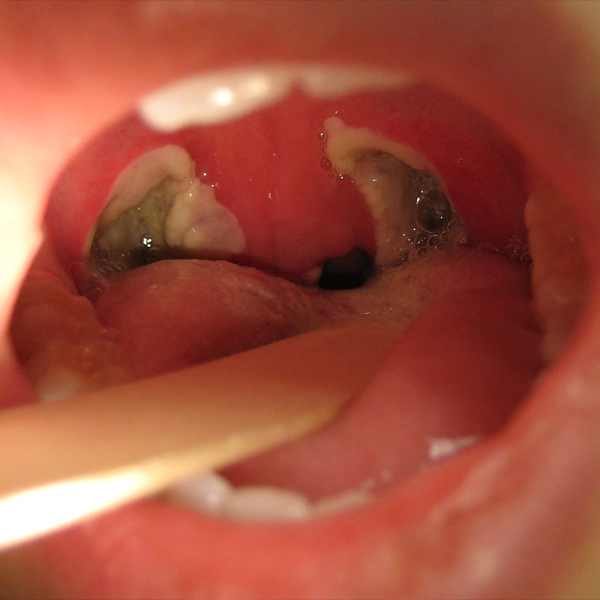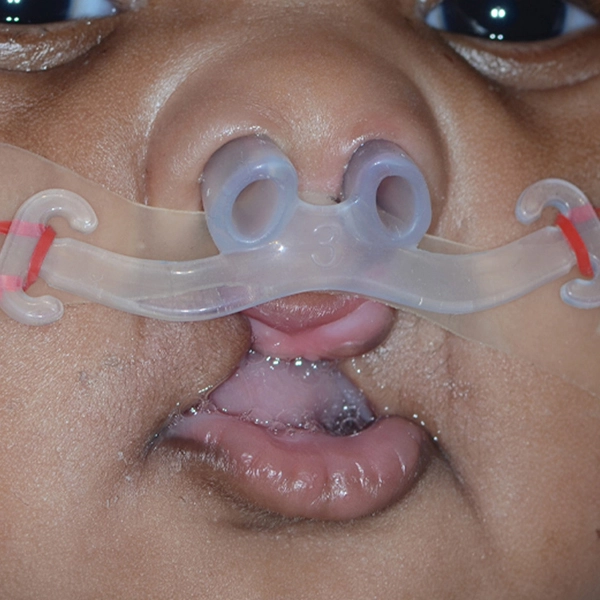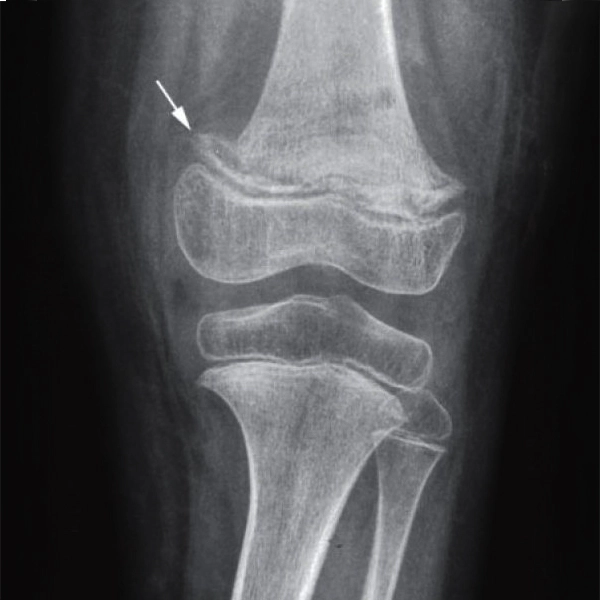
 IJCP Editorial Team
IJCP Editorial Team
Cervical Cancer and its Prevention: All You Need to Know
Cervical
cancer can affect individuals with a cervix, particularly those aged 30 and
above. Prolonged exposure to specific strains of human papillomavirus (HPV) is
the main causative factor for cervical cancer development. Early detection
significantly improves treatment outcomes, ensuring favorable long-term
survival rates and maintaining a high quality of life.
Cervical cancer is a significant health concern affecting women
globally, characterized by the abnormal growth of cells in the cervix, the
lower part of the uterus. It is one of the most prevalent cancers among women,
with approximately 604,000 new cases and 342,000 deaths reported globally each
year, particularly in low- and middle-income countries where awareness and
access to screening and preventive measures are limited. Despite being highly
preventable and treatable when detected early, cervical cancer remains a
leading cause of cancer-related deaths in women worldwide.
Understanding Cervical Cancer:
Cervical cancer develops slowly over time, typically starting
with precancerous changes in the cells of the cervix. These changes are often
caused by persistent infection with certain types of human papillomavirus
(HPV), a common sexually transmitted infection. While most HPV infections
resolve on their own, persistent infection with high-risk HPV types can lead to
the development of cervical cancer.
In its early stages, cervical cancer can be asymptomatic.
However, as the cancer progresses, various signs and symptoms may manifest,
including:
- Vaginal bleeding following sexual intercourse,
occurring between menstrual periods, or post-menopause.
- Menstrual bleeding characterized by increased heaviness
and prolonged duration.
- Watery, bloody vaginal discharge, often accompanied by
a strong odor.
- Pelvic discomfort or pain, particularly during sexual intercourse.
Who is at risk?
Risk factors for cervical cancer include:
- HPV Infection: The primary cause of
most cervical cancers is HPV virus infection, which can be transmitted
through sexual contact.
- Smoking tobacco: Smoking raises the
risk of cervical cancer by prolonging HPV infections.
- Multiple sexual partners: Having a higher
number of sexual partners, as well as your partner having multiple
partners, increases the likelihood of contracting HPV, thereby elevating
the risk of cervical cancer.
- Early sexual activity: Engaging in sexual
activity at a young age heightens the risk of HPV infection, thereby
increasing the risk of cervical cancer.
- Other sexually transmitted
infections (STIs): Contracting other STIs such as herpes, chlamydia,
gonorrhea, syphilis, or HIV/AIDS can raise the risk of HPV infection,
consequently increasing the risk of cervical cancer.
- Weakened immune system: Individuals with
weakened immune systems due to underlying health conditions are at a
higher risk of developing cervical cancer if infected with HPV.
- Exposure to miscarriage prevention
medicine: Prenatal exposure to a drug called diethylstilbestrol
(DES), administered in the 1950s to prevent miscarriages, is associated
with an increased risk of a specific type of cervical cancer known as
clear cell adenocarcinoma.
- Other factors: Use of birth control
pills, significantly longer than five years, and multiple (3 or more)
pregnancies increase the risk of cervical cancer in women.
Treating Cervical Cancer:
Treatment for cervical cancer depends on various factors,
including the stage of the disease, overall health, and patient preferences.
- Non-surgical treatment
options for cervical cancer include radiation therapy,
chemotherapy, and targeted therapy. Radiation therapy, either alone or in
combination with chemotherapy, is often used to treat early-stage cervical
cancer or as part of the primary treatment for locally advanced disease.
Chemotherapy and targeted therapy may be used to shrink tumors, control
symptoms, or improve outcomes in advanced or recurrent cervical cancer
cases.
- Surgical interventions may include:
·
Laser surgery: Uses a laser beam to remove cancer cells.
·
Cryosurgery: Freezes cancer cells.
·
Cone biopsy: Removes a cone-shaped tissue from the cervix.
·
Simple hysterectomy: Removes the uterus but not surrounding
tissues.
·
Radical hysterectomy with pelvic lymph node dissection: Removes
uterus, parametrium, cervix, upper vagina, and pelvic lymph nodes.
·
Trachelectomy: Removes cervix and upper vagina but not uterus.
·
Pelvic exenteration: Removes bladder, vagina, rectum, and part
of colon if cancer has spread.
Prevention of Cervical Cancer:
Preventing cervical cancer involves a multi-faceted approach that includes vaccination, screening, and behavioral modifications. It encompasses three levels: primary, secondary, and tertiary prevention:
- The primary prevention
strategy is vaccination against HPV, which protects against infection,
with the most common high-risk HPV types responsible for cervical cancer.
Routine HPV vaccination is recommended for adolescents before they become
sexually active. It also involves educating and promoting safer sexual
practices, such as using condoms and limiting sexual partners.
- The second stage
involves cervical cancer screening, typically done using the Pap smear or
HPV testing, to detect precancerous changes or early-stage cancerous
lesions in the cervix. Early detection allows for timely intervention and
treatment, reducing the risk of progression to invasive cervical cancer.
Women should undergo regular cervical cancer screening according to
recommended guidelines based on their age and risk factors.
- Tertiary prevention
aims to prevent cancer recurrence or progression in individuals diagnosed
with cervical cancer through appropriate treatment and follow-up care.
Ø Preventing Cervical Cancer at Home:
While vaccination and screening are crucial for cervical cancer
prevention, certain lifestyle modifications can also reduce the risk.
Eat Healthy: Maintaining healthy dietary habits with a balanced diet rich
in fruits, vegetables, and whole grains can support overall health and reduce
cancer risk. Certain foods may have protective effects against cervical cancer
due to their anti-inflammatory and antioxidant properties. These include fruits
such as berries, citrus fruits, and tomatoes, which are rich in vitamins,
minerals, and phytochemicals. Vegetables like cruciferous vegetables (e.g.,
broccoli, cabbage, Brussels sprouts) and leafy greens (e.g., spinach, kale) are
also beneficial. Consuming a diet high in fiber and low in processed foods and
red meat may help reduce the risk of cervical cancer.
Exercise Daily: Regular physical activity, such as walking, is beneficial for
overall health and may reduce the risk of certain cancers, including cervical
cancer. Physical activity helps maintain a healthy weight, strengthens the
immune system, improves circulation, and reduces inflammation, all contributing
to cancer prevention. While walking alone may not prevent cervical cancer, it
is an essential component of a healthy lifestyle that supports overall
well-being and reduces the risk of chronic diseases, including cancer.
Follow Healthy Lifestyle: Avoiding tobacco use,
practicing safe sex, and limiting exposure to known carcinogens can contribute
to cervical cancer prevention.
Conclusion:
Cervical cancer is a significant public health issue with a
considerable impact on women's health worldwide. While it remains one of the
most prevalent cancers globally, it is highly preventable through vaccination,
screening, and lifestyle modifications. By increasing awareness, promoting HPV
vaccination, ensuring access to cervical cancer screening, and adopting healthy
behaviors, we can reduce the burden of cervical cancer and improve outcomes for
women at risk. Collaboration between healthcare providers, policymakers, and
communities is essential to implementing comprehensive cervical cancer
prevention and control strategies and ultimately achieving the goal of
eliminating cervical cancer as a public health threat.
References:
1.WebMD [Internet]. Cervical Cancer. Available from: https://www.webmd.com/cancer/cervical-cancer/cervical-cancer

IJCP Editorial Team
Comprising seasoned professionals and experts from the medical field, the IJCP editorial team is dedicated to delivering timely and accurate content and thriving to provide attention-grabbing information for the readers. What sets them apart are their diverse expertise, spanning academia, research, and clinical practice, and their dedication to upholding the highest standards of quality and integrity. With a wealth of experience and a commitment to excellence, the IJCP editorial team strives to provide valuable perspectives, the latest trends, and in-depth analyses across various medical domains, all in a way that keeps you interested and engaged.













Please login to comment on this article